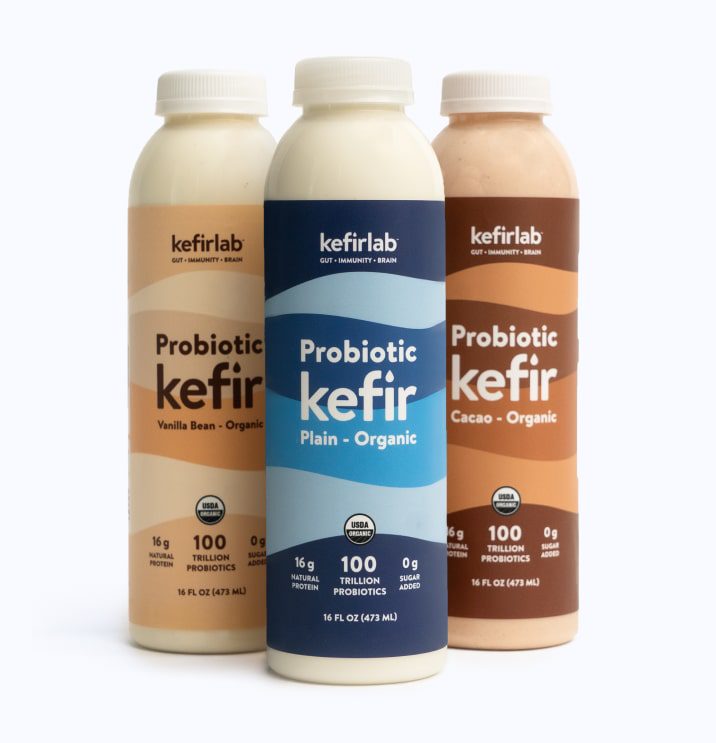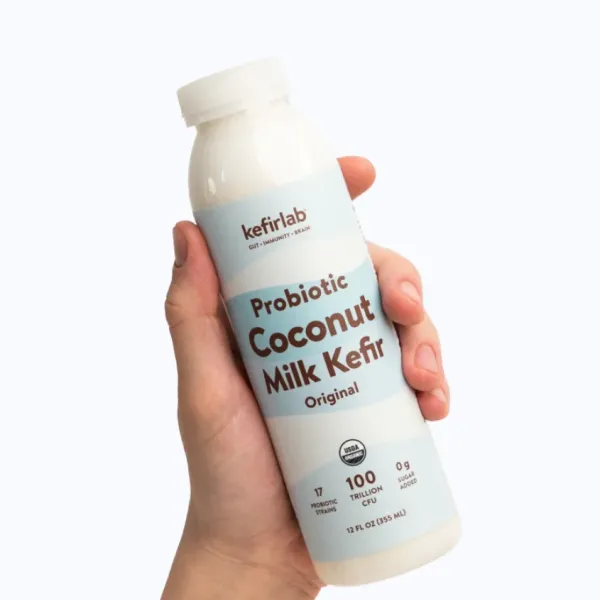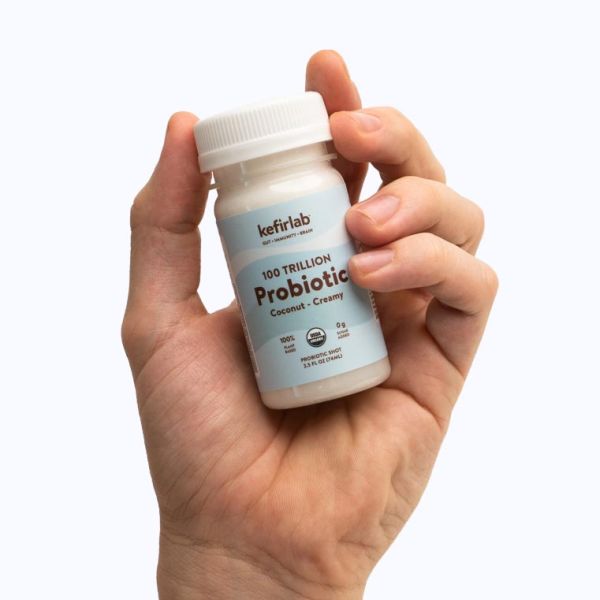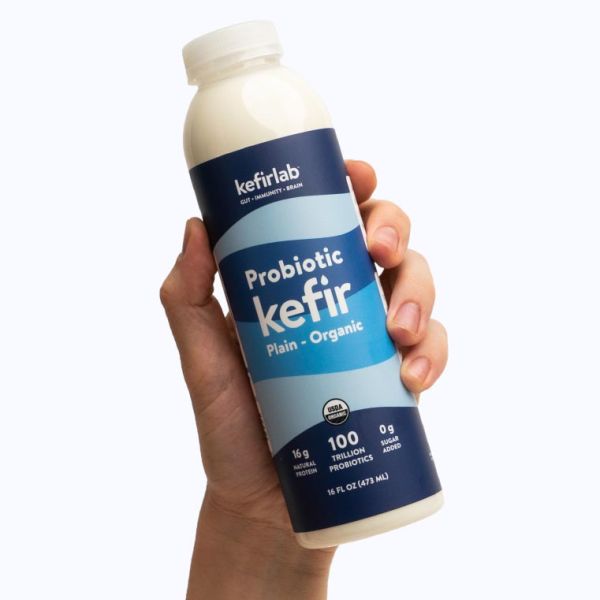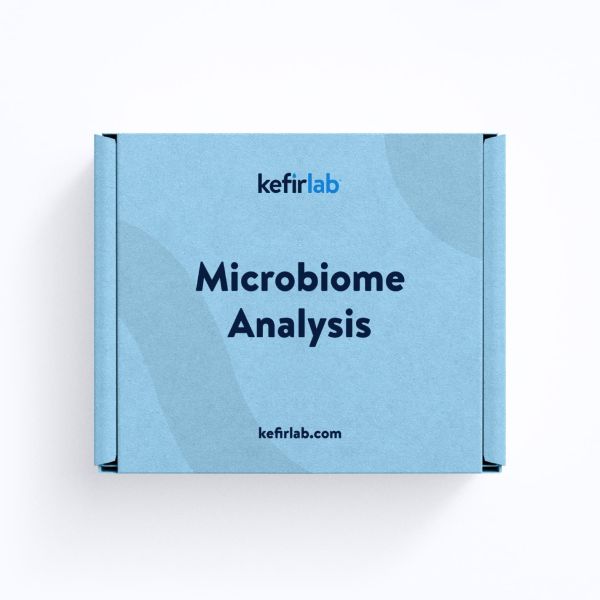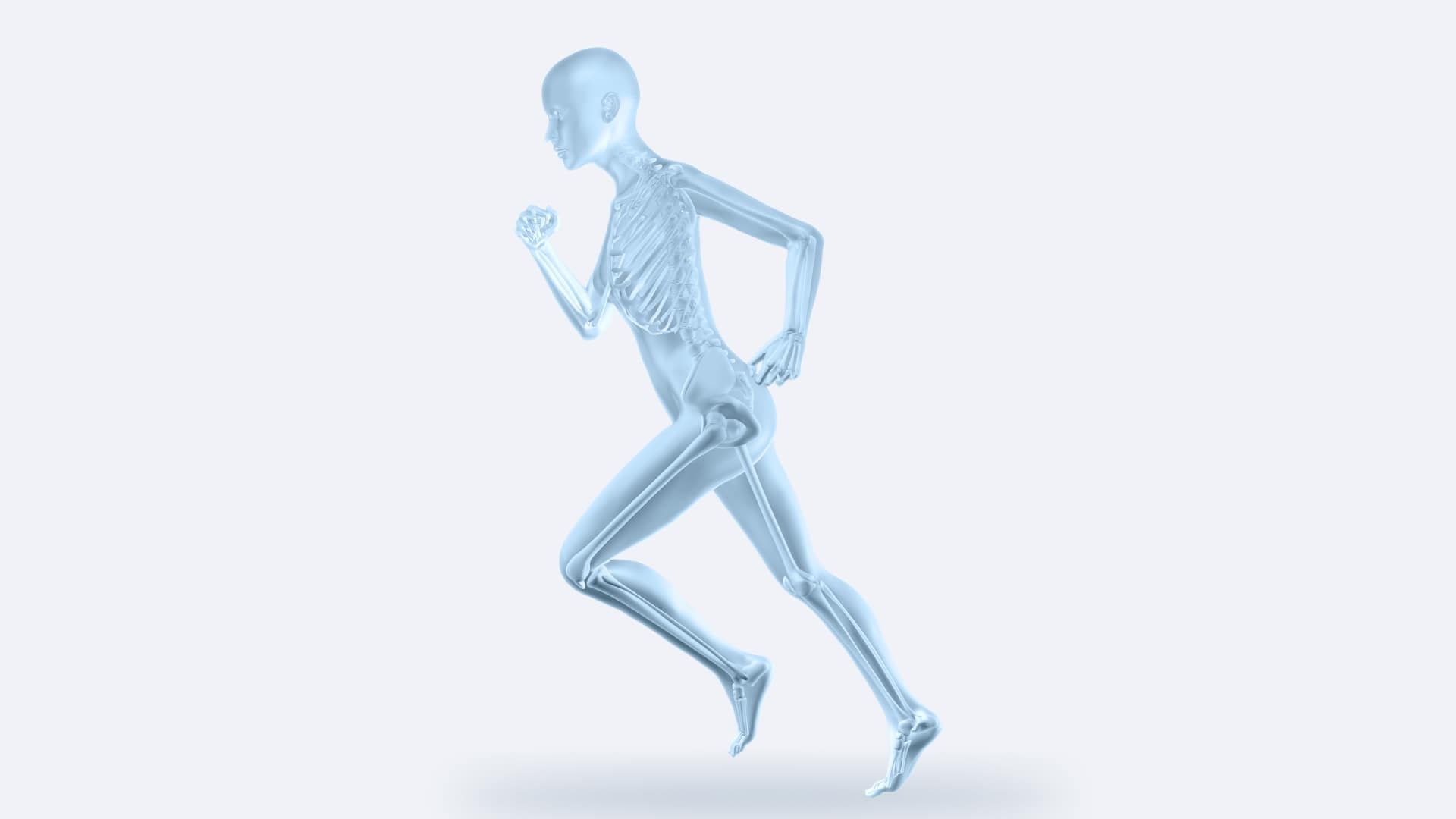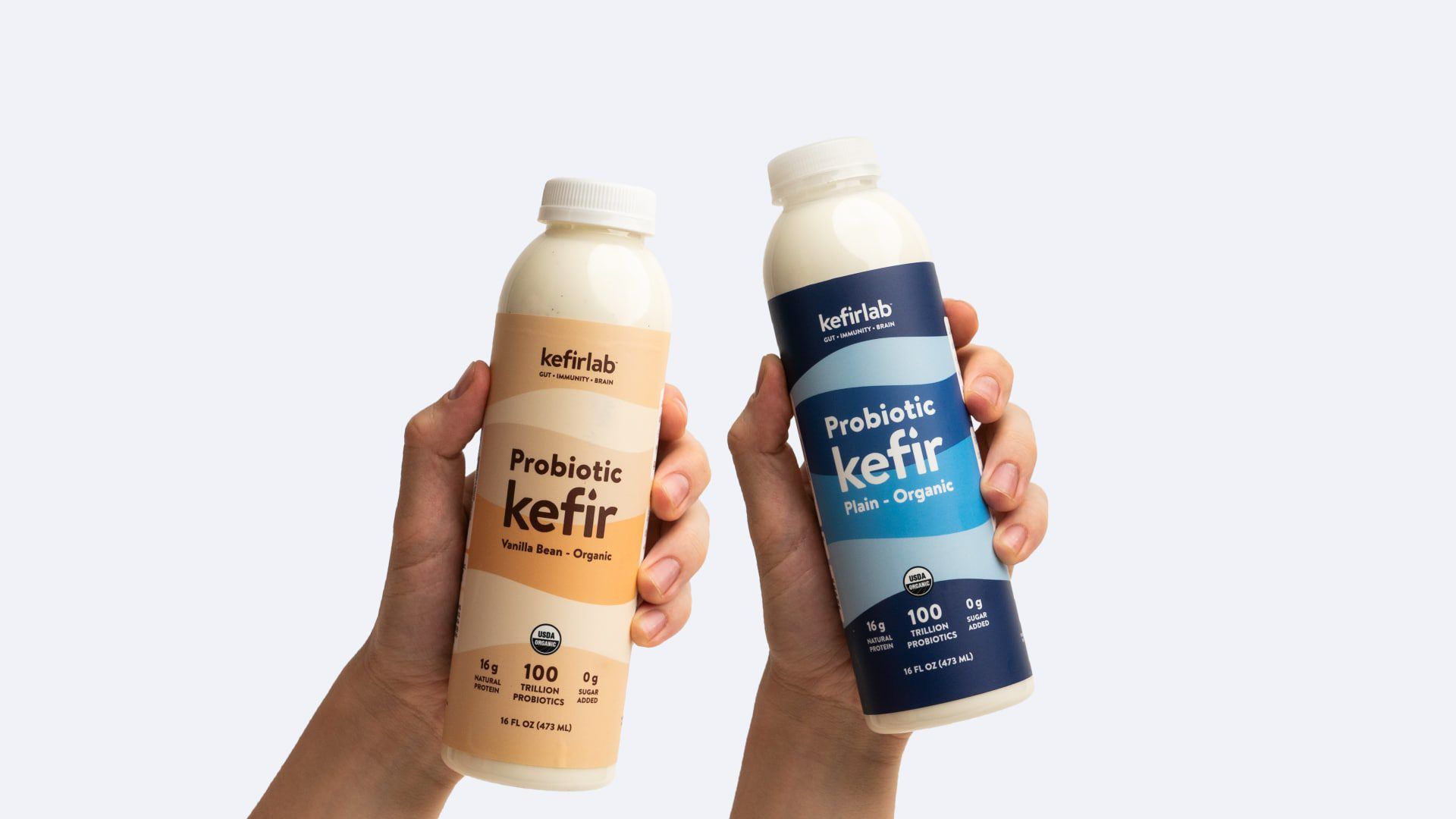Optimizing Microbiome Health with the Volumetric Diet

Understanding Human Nutrition and Metabolism
At the heart of human nutrition lies metabolism, a term of Greek origin meaning transformation.
This transformation occurs in the digestive system through chemical reactions that convert the chemistry within the foods we choose to eat into biochemistry—essentially, the chemistry of life.
This functional and structural biochemistry provides us with vital energy and replacement material for all our organs and systems.
The Four Stages of Metabolic Transformation
The metabolic transformation of food occurs through four fundamental stages:
- Mechanical Digestion: The first stage of transformation occurs in the mouth through the thorough mastication of food.
- Chemical Digestion: The second stage is due to the hydrochloric acid in the stomach.
- Enzymatic Digestion: The third stage is performed by digestive enzymes present in saliva, produced by the stomach wall cells, the pancreas, and the duodenum, aided by the action of bile acids produced by the liver.
- Biological Digestion: The fourth stage is the transformation performed by microorganisms in the digestive system. This collection of microorganisms is known as the microbiome. The microbiome has significant metabolic capabilities and can complete the metabolism of molecules contained in the meal through specific microbial metabolic processes, transforming prebiotics (partially metabolized or intact meal molecules) into postbiotics—real nutrients suitable for absorption by the intestinal wall cells.
The Importance of Biological Digestion by the Microbiome
Biological digestion by the microbiome is a crucial point of good metabolism. The nutritional quality of food that characterizes the contemporary diet can often alter the quality of the microbiome itself.
This is because the microorganisms that comprise it feed on what arrives in the digestive system with the meal, and poor-quality meals can alter the composition of the microbiome, favoring the growth of non-eubiotic strains over strains not suitable for humans.
Dietary Habits Threatening Microbiome Quality
Dietary habits that favor highly processed food portions, with altered quantities of simple sugars and non-eubiotic synthetic molecules (biologically unrecognizable), such as various types of additives: colorants, thickeners, emulsifiers, sweeteners, preservatives, antioxidants, and flavor enhancers, threaten the survival of a good microbiome and compromise its quality by altering the strains that compose it.
Supporting a Stable Eubiotic Microbiome
To have a stable eubiotic microbiome (functional for the human body), the appropriate probiotics consumed must be supported by a pool of prebiotic nutrients (food for the probiotics) that must come with a diet allied with the ideal microbiome, as obtained through the regular intake of Kefyr.
Nutritional Guidelines and the Volumetric Diet
Nutritional guidelines expressed in a dietary plan can ensure adequate nutritional support for microorganisms.
The Volumetric Diet, a method that relies on the volumes of certain containers, through a kit composed of 6 containers (5 bowls and 1 plate), indicates the exact portions of WHAT and HOW MUCH food to eat throughout the day to support the survival of the ideal microbiome.
The Kit Containers and Their Significance
The containers of the kit are instructive, with the bowls and the plate indicating the names of the foods that can be contained within each.
The bowls, numbered 1 to 5, indicate the daily correct portion of raw seasonal vegetables (fiber and bioactive molecules), cooked vegetables (soluble fiber), cereals cooked or legumes or fruit (complex and simple carbohydrates), fresh cheeses or tofu or hummus or eggs, and raw olive oil daily for dressing vegetables or the quantity of mixed seeds or dried fruit, respectively.
The plate has two portion indicators for the right portion of proteins and a smaller circle for aged cheeses or sweets.
Achieving Ideal Microbiome Balance
By consuming a kit of bowls a day with the right PORTION and PROPORTION of foods, an ideal balance for the microbiome is achieved, re-established through kefyr.
Additional Benefits of the Volumetric Diet
Besides preserving the microbiome, the Volumetric Diet can be used for weight restoration, if necessary, or maintenance, using the bowls as a unit of measure that can be multiplied in a day based on the individual needs of those following the method.
It remains fundamentally important to consume at least one kit of bowls a day to provide all the necessary nutrients in the correct portions and proportions, as also suggested by the Harvard Medical School educational program, ‘keeping portions in proportions’.
Conclusion and Key Takeaways
In conclusion, the journey to optimizing microbiome health is both intriguing and essential for our overall well-being.
Through the detailed exploration of metabolic processes and the transformative power of the Volumetric Diet, we’ve uncovered the profound impact that mindful nutrition can have on our body’s complex ecosystem.
The key takeaways from our discussion emphasize the importance of a balanced, prebiotic- and probiotic-rich diet, the role of mechanical, chemical, enzymatic, and biological digestion in food transformation, and the actionable steps provided by the Volumetric Diet to support a healthy microbiome.
Embracing these principles not only promises to enhance our microbiome’s health but also offers a path towards improved vitality and well-being.
For those eager to dive deeper into the science of nutrition and discover more about the symbiotic relationship between diet and microbiome, I invite you to visit my website – Lucia Bacciottini.
Here, you’ll find a wealth of resources, insights, and guidance to further your journey towards optimal health through strategic nutrition.
Join Kefir Club
Like our probiotics, our emails are clean and good for you. Spam Free. Unsubscribe anytime.
